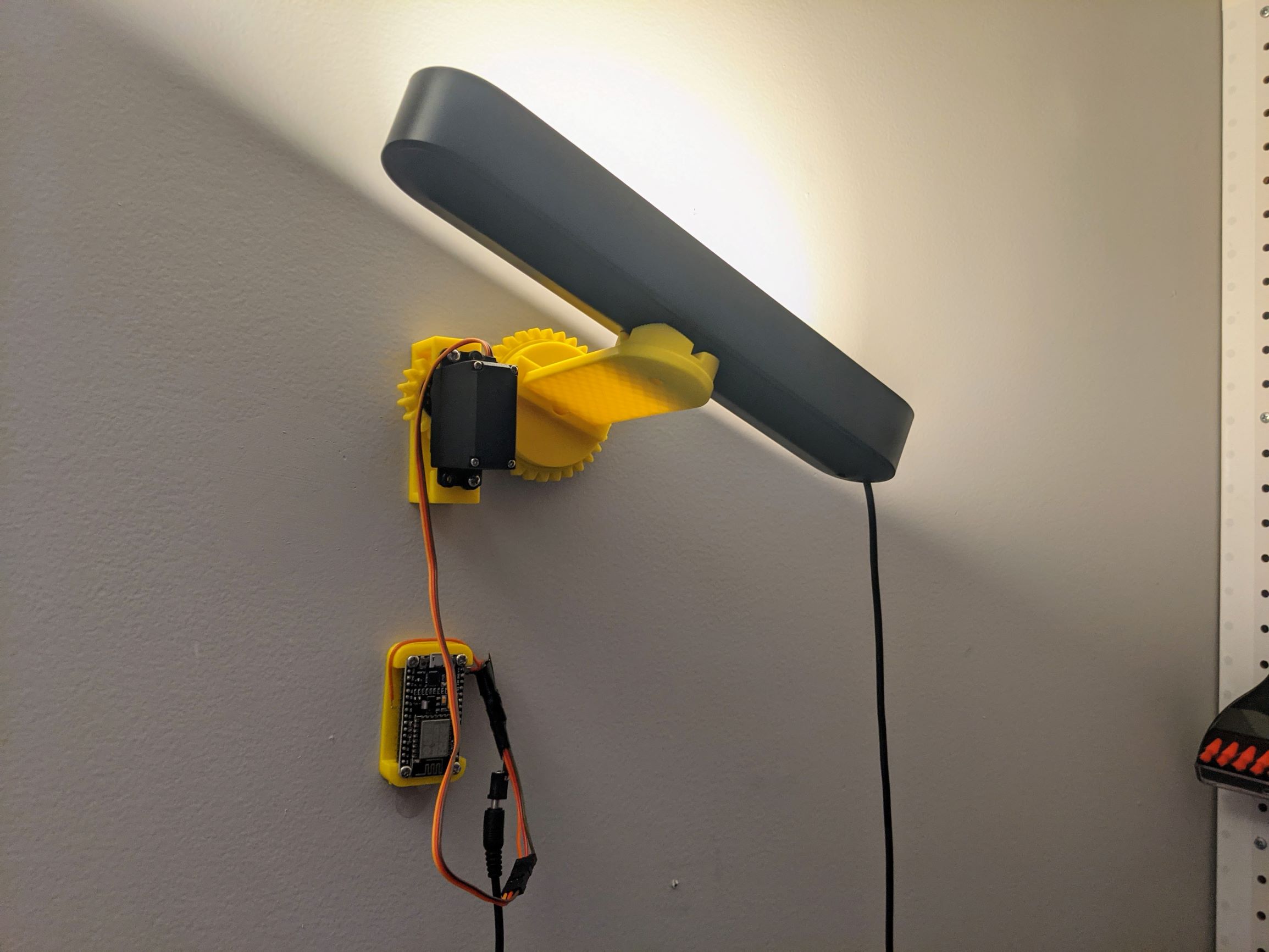In the same way that you can’t “kinda like” pineapple on pizza—you either love it or you hate it, never anything in between—a company can’t “kinda care” about anything, especially if it is among the company’s publicly stated values.
Moreover, it is becoming increasingly costly for companies who want to “kinda care” about certain social, environmental, or humanitarian concerns to simply stay silent about them.
